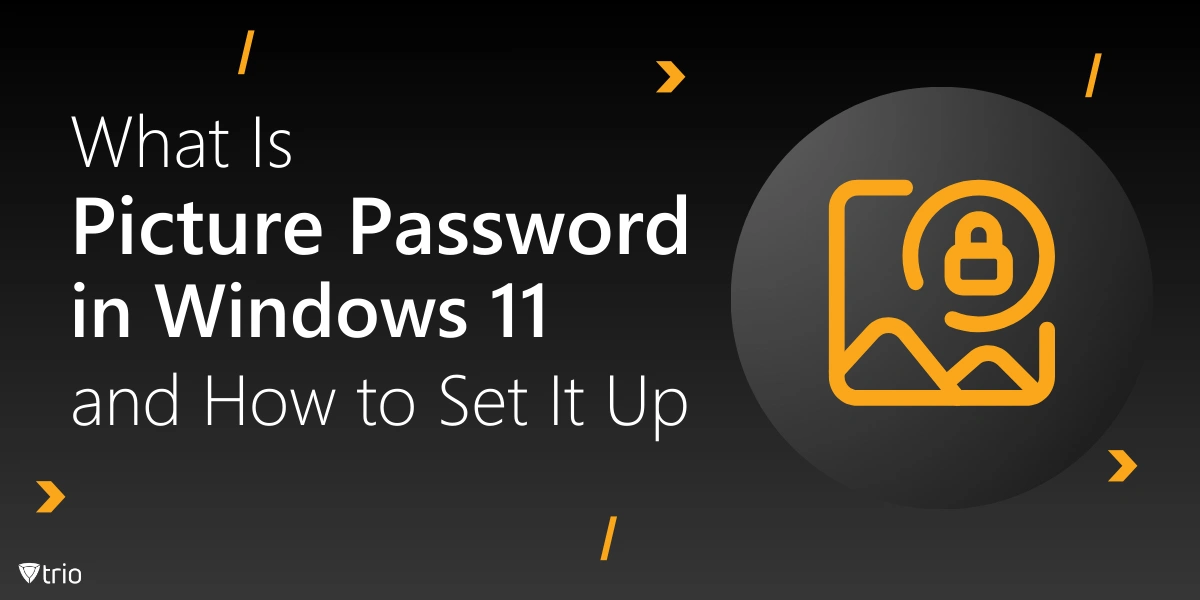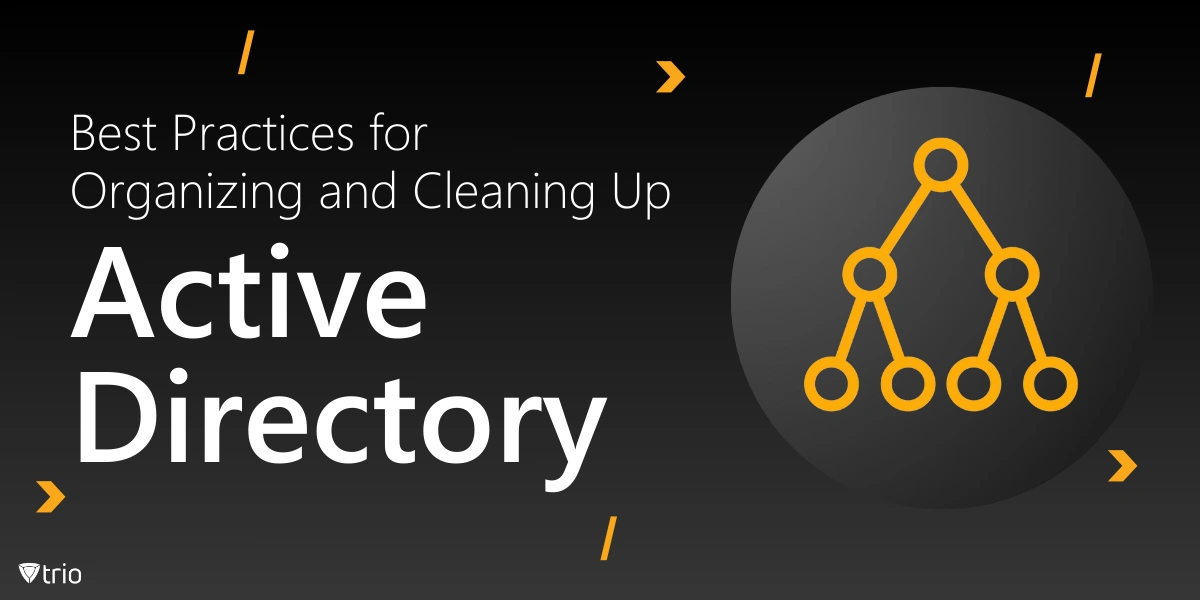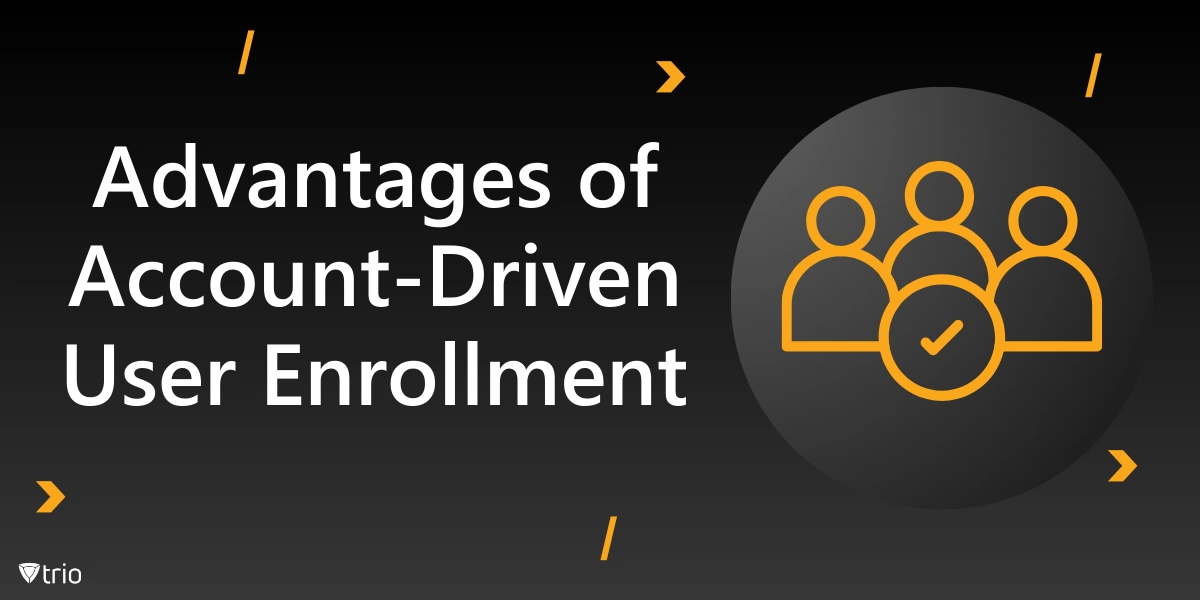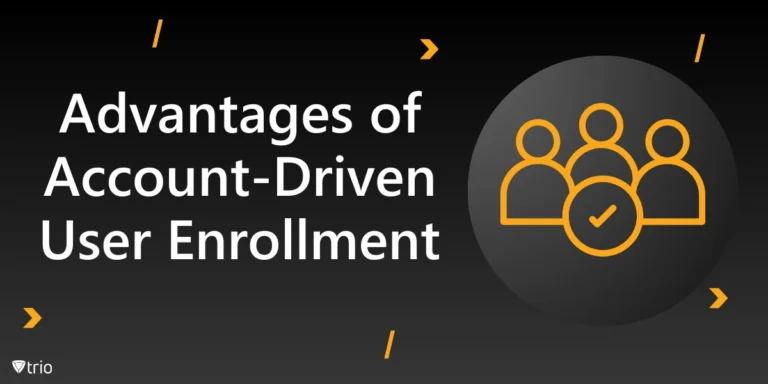In its simplest definition, zero-touch deployment refers to an automated approach for provisioning and configuring devices without the need for manual intervention. In this process, devices are pre-configured with necessary settings, applications, and security protocols, allowing them to be initialized remotely. One of the positive points of zero-touch deployment is that it significantly reduces the need for hands-on setup, enabling devices to be swiftly integrated into an organization’s network upon activation. This heavily minimizes the deployment time and operational complexities. Zero-Touch Provisioning, also known as ZTP, streamlines the deployment process further by automating the configuration and setup of network devices, eliminating the need for manual intervention and accelerating the deployment of new devices onto the network.
Zero-touch Deployment vs Zero-touch enrollment
Zero-touch Deployment can be interchangeably used with zero-touch enrollment. However, these two terminologies are not the same and they have some minor differences. Zero-touch deployment refers to the automated setup and configuration of devices based on predefined rules and policies, ensuring that devices are consistently configured and secured according to the organization’s requirements. This process includes the installation of necessary apps, settings, and configurations without manual intervention. On the other hand, zero-touch enrollment specifically refers to the automatic enrollment of devices in the organization’s mobile device management (MDM) solution upon activation. This means that when a user turns on a new Apple device, it will automatically connect to the organization’s MDM server and download the necessary configuration profiles, apps, and settings. While zero-touch deployment encompasses the entire automated setup process, zero-touch enrollment focuses specifically on the automatic enrollment of devices in the MDM solution.
In this blog post, we delve into the intricacies of zero-touch enrollment to unravel its inner workings. Also, we discuss its numerous benefits for IT admins and suggest best practices for smoother inventory management with the help of zero-touch deployment.
How Zero-touch Deployment Works?
Zero-touch deployment looks like a feature straight out of science fiction movies, and it has revolutionized the way devices are provisioned and set up within an organization. As mentioned before, the zero-touch deployment approach is designed to automate the entire process of setting up and configuring devices without the need for manual intervention. This whole process is only possible through a device management solution and typically begins with the devices being shipped directly from the manufacturer or authorized resellers to the organization. These devices are pre-configured and enrolled in the organization’s MDM system before they even reach end-users.
There are many steps in the whole process, starting with the pre-configuration step. In this step, specific profiles with essential settings, configurations, security policies, and even assigned applications based on the organization’s requirements are created. Next, newly purchased devices are enrolled in the organization’s MDM system, ensuring that they are ready for use and secure management. The following step includes the device activation process. Upon receiving the devices, end-users simply power them on and connect to a network. The devices then automatically retrieve their pre-configured settings and security policies, initiating the setup process. This seamless setup process, also known as zero-touch automation, minimizes manual intervention and streamlines device provisioning.
Exploring the Building Blocks of Zero-touch Deployment
Zero-touch deployment is a comprehensive process that relies on several key components. It begins with enrollment programs that enable organizations to automatically enroll devices in an MDM system upon activation, streamlining the setup process and ensuring devices are configured according to organizational policies and security requirements. This is complemented by Configuration Profiles, which contain settings and restrictions applied to enrolled devices, including Wi-Fi and VPN settings, email and calendar configurations, and security policies, ensuring devices are properly configured for use within the organization. MDM solutions are another crucial component, providing the necessary tools and capabilities to manage and secure devices within an organization, including the ability to push out configuration profiles, enforce security policies, and remotely wipe or lock devices. Over-the-air (OTA) updates further enhance this system by allowing organizations to remotely deploy software updates and patches to enrolled devices, ensuring they are always running the latest software and security updates. Ultimately, all of these components work hand in hand to streamline the process of device provisioning for organizations. Each component plays a crucial role in this intricate system. They collectively contribute to the seamless operation of the device provisioning process, ensuring that organizations can efficiently manage their device inventory.

The Benefits of Zero-touch Deployment for IT Professionals
Zero-touch deployment plays a crucial role for IT admins as it provides them with the ability to manage and scale device deployment with little manual effort. By automating the setup and configuration process, IT administrators can speed up device provisioning across the organization, cut down operational overhead, and ensure standardized configurations. This approach not only makes deployment processes more efficient but also heightens security and compliance by consistently enforcing predefined settings and security measures across all enrolled devices. As a result, zero-touch deployment simplifies device lifecycle management, permitting IT admins to concentrate on strategic initiatives while upholding a consistent and secure device ecosystem.
Notable Zero-touch Deployment Solutions
Managing Devices with Zero-touch Deployment

Trio’s Role in Simplifying Zero-Touch Deployment
When it comes to Zero-touch Deployment, MDM plays a pivotal role in orchestrating the seamless configuration and provisioning of devices. MDM solutions serve as the central control hub, allowing administrators to define and enforce standardized configurations, security policies, and application deployments across a myriad of devices. This is where Trio truly shines. Trio seamlessly integrates with Apple’s Automated Device Enrollment (ADE), and other zero-touch enrollment systems to streamline the onboarding process, ensuring that devices are preconfigured to comply with organizational policies and security protocols upon activation. This is achieved by activating the Apple DEP token and uploading the signed token to Trio to finalize the entire deployment process. This comprehensive integration exemplifies Trio’s dedication to providing effortless device management, streamlining device provisioning, and fortifying security measures across the IT infrastructure.
Want to experience the power of Trio MDM firsthand? Schedule a free demo today!
Conclusion
Ultimately, Zero-touch Deployment represents a powerful leap forward in device provisioning and management, ushering in a new standard of efficiency, security, and scalability within organizations. By automating the intricate processes of device setup and configuration, Zero-touch Deployment fundamentally streamlines device onboarding, ensuring that new devices are preconfigured with necessary settings and security protocols before reaching end-users. This paradigm not only simplifies the activation process for end-users but also significantly reduces the administrative burden on IT teams. The seamless integration of Zero-touch Deployment with an MDM solution such as Trio accentuates the potential for organizations to achieve standardized configurations, heightened security measures, and streamlined device lifecycle management. The inclusion of Android zero-touch enrollment further enhances the efficiency and simplicity of device deployment, enabling organizations to seamlessly provision and manage Android devices at scale. Ultimately, Zero-touch Deployment epitomizes modern device management efficiency, allowing IT administrators to focus on strategic initiatives while maintaining a uniform, secure, and agile device ecosystem.








